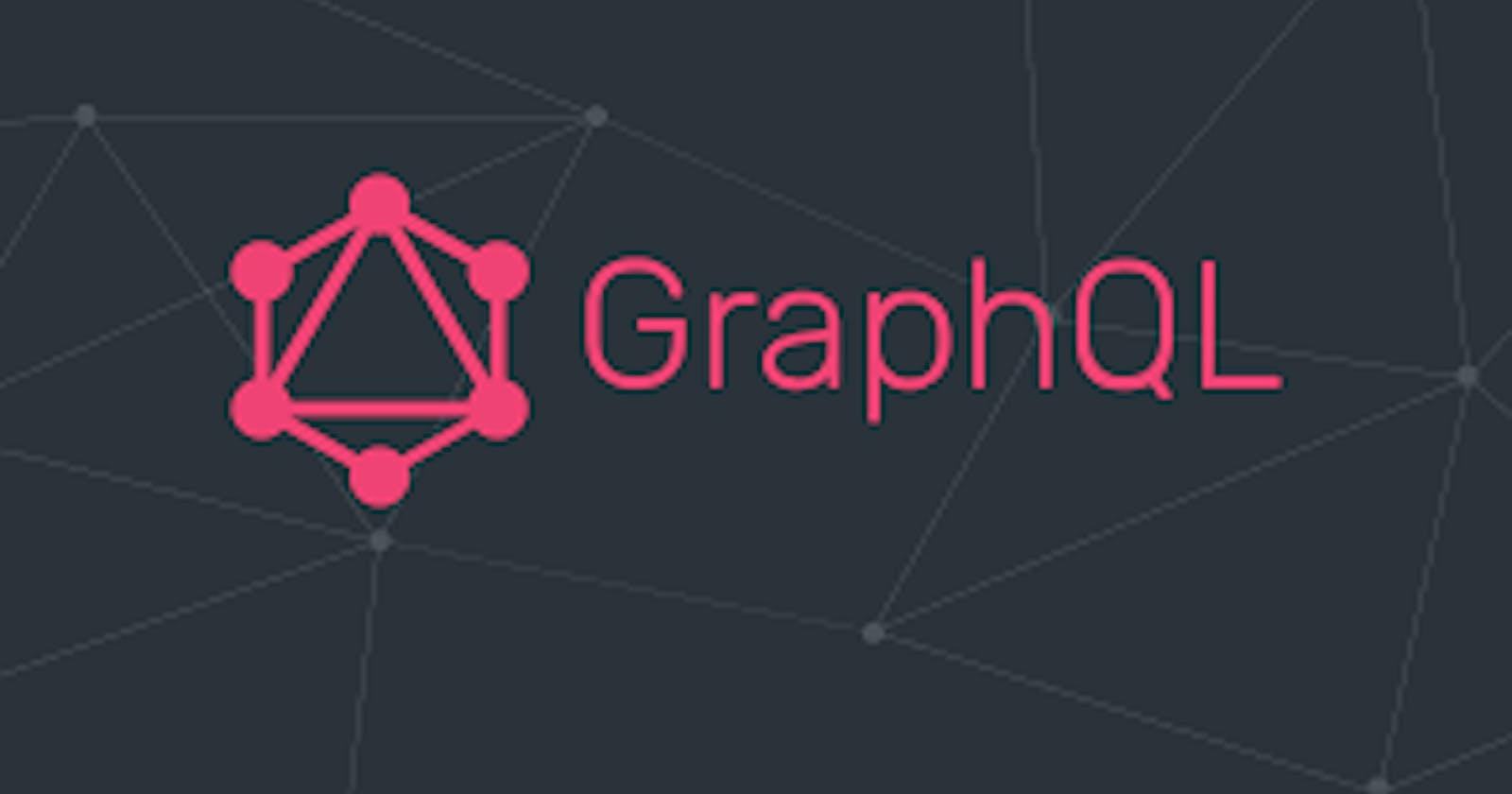What is GraphQL? GraphQL is a query language for APIs that allows you to write queries that define the data you receive. No more emailing the backend team to update an endpoint for your application. Before I explain further you need to know what is GraphQL Server/API: GraphQL server is a server-side implementation of the GraphQL spec. In other words, a GraphQL server exposes your data as a GraphQL API that your client applications can query for data. These clients could be a single-page application, a CMS like Drupal, a mobile app, or almost anything. For example, say you have a MySQL database and you want to expose the content to a React application. You could create a GraphQL server that will allow our React application to query the database indirectly through the GraphQL server. Why would you consider a GraphQL API?
- You need an API for your applications At Mediacurrent, we have been building DECOUPLED STATIC WEBSITES by using GatsbyJS, But sometimes we also need some components with dynamic data. You need an API for that and our front-end team was already using GraphQL in Gatsby. Or maybe you might develop a mobile app and need a reliable and fast way to get data from your legacy database. You can use GraphQL to expose only the data you need for your new app but at the same time give your client app developers the ability to control what data they get back from the API.
- You need data normalization For our purposes as developers, data normalization is simply the process of structuring our data to remove redundancy and create relationships between our data. Data normalization is something database designers think about but developers and software architects should consider it as well. One of the biggest mistakes I’ve seen in my years of research and building web applications is the pattern of including too much business logic in application components. These days, it is not unusual to require data from multiple applications, public REST APIs as well as databases. There is often duplication across these systems and the relationships are rarely clear to the development team. Creating components that require data from multiple systems can be a challenging task. Not only do you have to make multiple queries to retrieve the data, but you also need to combine it in your component. It’s a good pattern to normalize the data outside of your components so that your client application’s components can be as simple and easy to maintain as possible. This is an area where GraphQL shines. You define your data’s types and the relationships between your data in a schema This is what allows your client applications to query data from multiple data sources in a single request.
- You’re tired of maintaining old versions of your REST API GraphQL has the @deprecated annotation that you can add to your schema to let clients know that a field should no longer be used. This is much easier to maintain than multiple versions of a REST API. Advantages of GraphQL Following is a list of major advantages of GraphQL:
- GraphQL is faster GraphQL is way faster than other communication APIs because it facilitates you to cut down your request query by choosing only the specific fields you want to query.
- Best for complex systems and microservices We can integrate multiple systems behind GraphQL's API. It unifies them and hides their complexity. The GraphQL server is also used to fetch data from the existing systems and package it up in the GraphQL response format. This is most beneficial for legacy infrastructures or third-party APIs that are enormous in size and difficult to maintain and handle. When we have to migrate from a monolithic backend application to a microservice architecture, the GraphQL API can help us to handle communication between multiple microservices by merging them into one GraphQL schema.
- No over-fetching and under-fetching problems The main advantage of GraphQl over REST is that REST responses contain too much data or sometimes not enough data, which creates the need for another request. GraphQL solves this problem by fetching only the exact and specific data in a single request.
- Hierarchical Structure GraphQL follows a hierarchical structure where relationships between objects are defined in a graphical structure. Here, every object type represents a component, and every related field from an object type to another object type represents a component wrapping another component.
- Code-sharing We can share the GraphQL fields used in multiple queries at a higher component level for reuse. This feature is referred to as fragments and allows you to get different data while keeping the same schema field. GraphQL Architecture Is the specification that describes the behavior of the GraphQL server. It provides some guidelines to handle requests from the clients and responses from the server, such as supported protocols, the format of the data that the server accepts, the format of the server's response, etc. GraphQL Resolvers GraphQL resolvers are the collection of functions that are used to populate the data for a single field in your schema. Resolvers specify a way how Apollo Server processes GraphQL operations. When we use the Apollo server for communication, it needs to know how to populate data for every field in your schema because it has to respond to the request for that specific data. In simple words, we can say that resolvers are used to handle GraphQL queries.
fieldName:(root, args, context, info) => { result }

